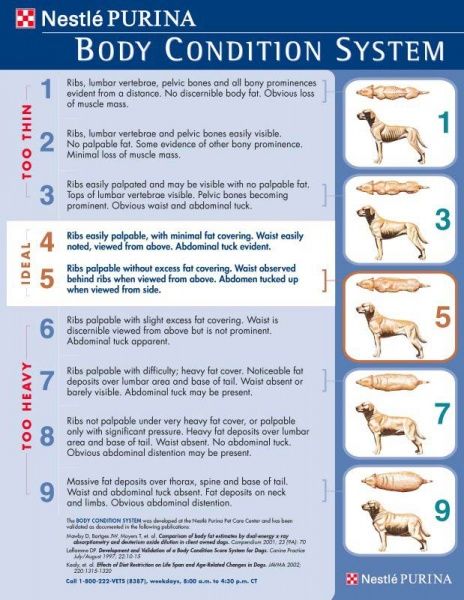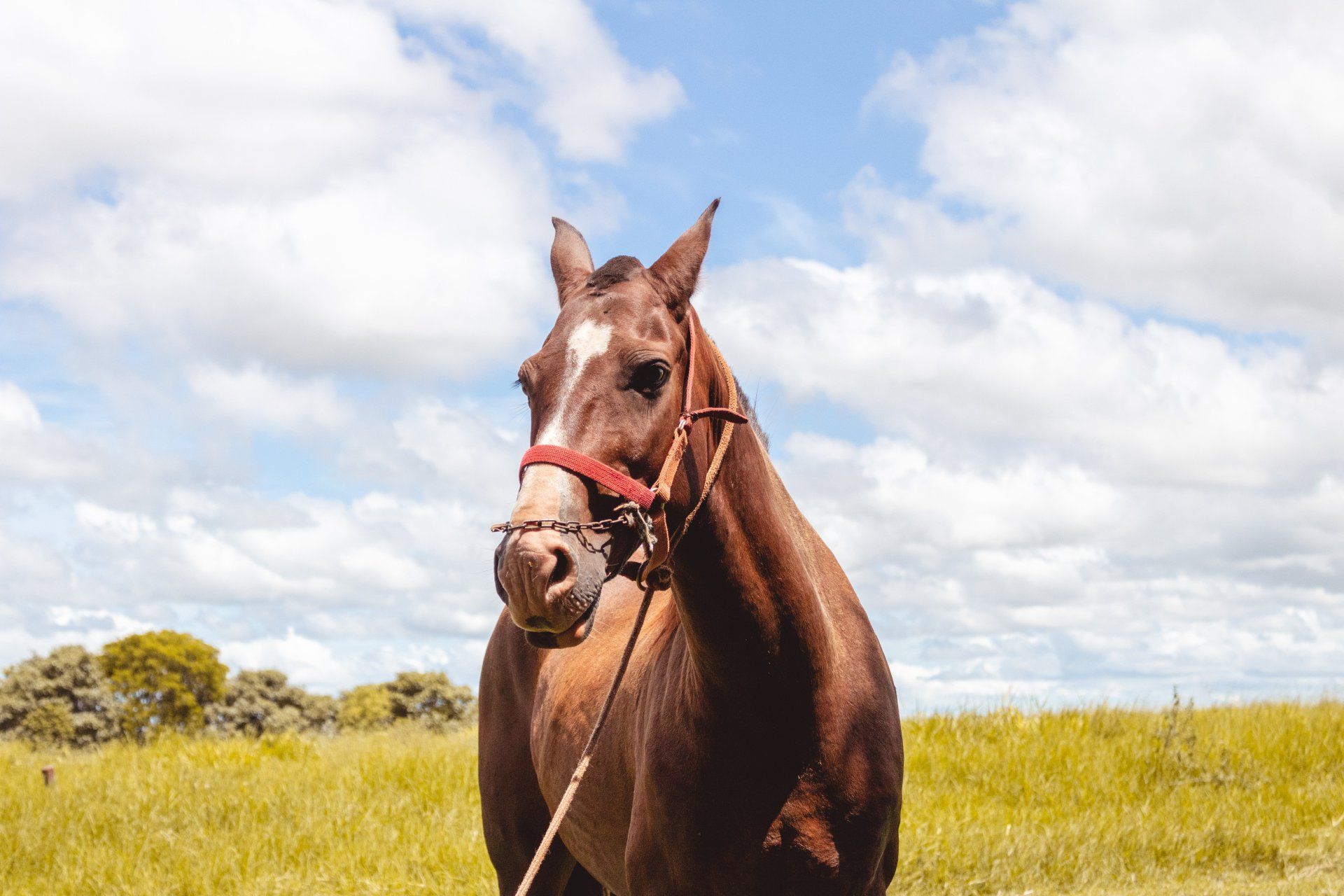Pet Obesity
Pet Obesity: Tips For Weight Loss
According to the Association for Pet Obesity Prevention, 53% of adult dogs and 55% of adult cats are overweight or obese. With this growing trend, it is necessary to discuss the risks of pet obesity. These risks include: osteoarthritis, diabetes, high blood pressure, heart and respiratory disease, cruciate injuries, kidney disease and cancer. One of the most important risks is a decreased life expectancy. Purina conducted a 14-year study and dogs fed to a lean body condition throughout their lives had a median life span nearly two years longer than overweight dogs.
The proper way to measure body condition is by using the Body Condition System (BCS). The rating system is based on a 1-9 point scale. A body condition score of 1 indicates that the pet is too thin. 9 indicating the pet is too heavy. A BCS of 4-5 is ideal, as the ribs are easily palpable with little fat covering. In addition, an ideal pet will have a normal hour glass waist line from above and the abdomen is tucked upwards as the pet is standing. It is always important to monitor your pet’s body condition to ensure your pet is as healthy as they can be. If you think your pet may be at a BCS of a 6 or higher, they are considered overweight. It is important to talk to your veterinarian about ways to lower their score.
If you believe that your pet needs to lose weight, it is not always recommended to decrease the amount of food you are feeding because this can also lead to a decrease in important vitamins and minerals that are included in your pet’s balanced diet. This will cause malnourishment over time. Though there are a lot of weight loss and weight management diets on the market, it is still important to make sure you are measuring the food with a proper measuring cup. We can provide an 8 ounce measuring cup at our office free of charge. We recommend that you follow the back of the food label for instructions and amounts to feed your pet. You should make sure that you are feeding toward the lower end of the range, with the total amount split into two feedings daily. OM is a prescription, weight management diet that can be purchased at our office that is designed for weight managemnet. Purina OM has been tested and approved for proper weight loss. The OM diet provides balanced nutrition, ensuring accurate and effective weight loss for your dog or cat. A proper feeding guide and nutritional plan can also be provided by one of our trained staff memebers. This plan will show the projected weight loss per week and list healthy treats with their caloric content.
Decreasing or eliminating high caloric treats can also improve the success of weight loss. Instead of giving treats, you may reserve some of the kibble to use as treats. You may also supplement something healthier, such as baby carrots, green beans, apples, canned pumpkin, and cauliflower or broccoli as replacements. Purina also offers Lean Treats, an alternative to the high calorie milk bone treats. Allowing your pet to eat twice daily vs. only once daily will help with increase your pet'smetabolism, leading to weight loss. If you are switching your pet’s food, it is always important to slowly mix the old food in with the new diet, slowly transitioning in a week’s span, to prevent digestive upset.
If your pet begins to lose weight, it is important that they do not lose weight too quickly. A weight loss percentage of 2% weekly is ideal. Increasing your pet’s exercise at least 15 minutes daily is recommended for weight loss in conjunction with diet food. Regular weigh-ins are also recommended. These weigh-ins should be performed every 3-4 weeks to show progress and indicate a change in feeding plan or exercise. Once you’ve reached your weight loss goal for your pet, it is important to continue to use the low calorie treats and scheduled feeding to prevent your pet from regaining weight.
Article Submitted by Amanda Bell, RVT













